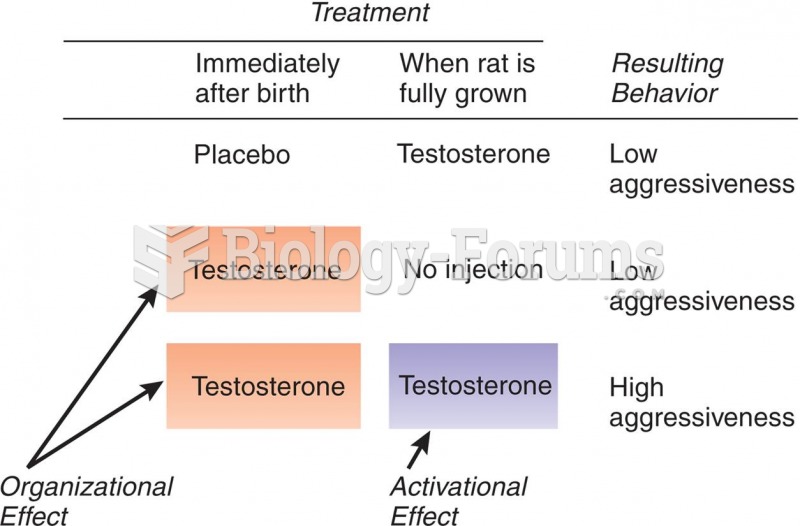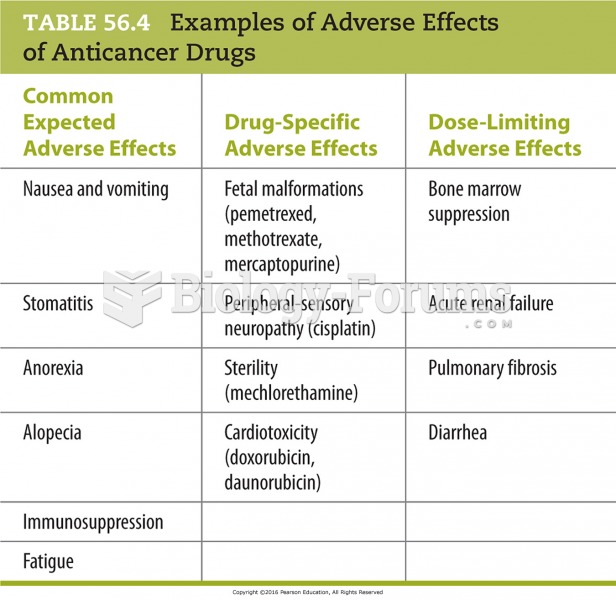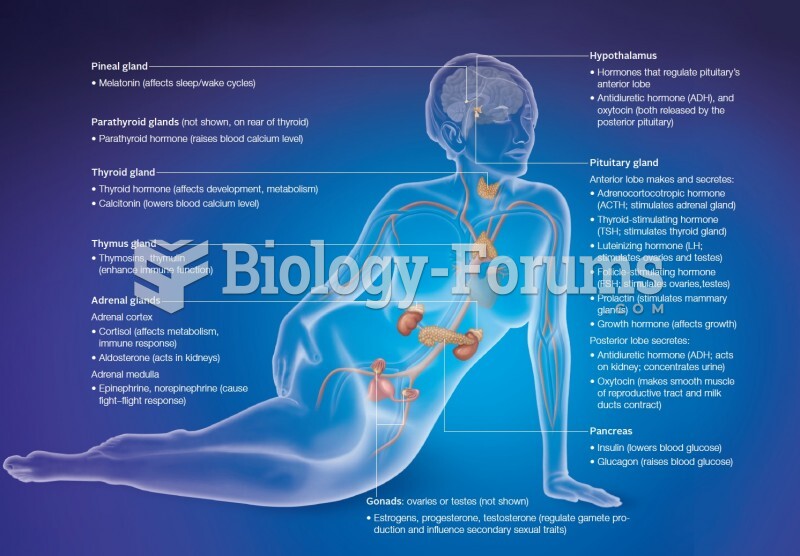Answer to Question 1
In the early 1980s researchers noted that study participants receiving creatine as part of an experimental treatment experienced weight gain and increased strength as side effects. Since then, numerous studies on creatine supplementation have been conducted in many different types of athletes. One consistent finding is that creatine supplementation does increase creatine levels in muscle tissue, especially in people who had low creatine levels to begin with. Whether higher muscle creatine translates into improved performance is less clear.
While large-scale, well-controlled clinical trials are lacking, the majority of studies assessing the effect of creatine on exercise performance show that creatine supplementation may enhance high-intensity, short-duration athletic performance such as sprinting or power lifting. There is little evidence of a benefit to athletes participating in low-intensity, endurance sports such as long-distance running. In fact, creatine supplements may hinder performance, because they cause weight gain that is mostly attributed to fluid retention. Although some athletes believe that creatine supplements stimulate muscle mass and strength, there is insufficient evidence to support this claim.
The safety of creatine supplementation has been widely debated. While some claim that it can cause dehydration, muscle cramps, and possibly impaired kidney and liver function, the majority of studies suggest that creatine supplementation is safe and poses very little risk, at least for short-term use in mature athletes. However, it has not been extensively studied in athletes under 18 years of age. Because data are largely lacking, creatine supplementation is not advised for this age group. Little is known about the effects of long-term creatine supplementation. It should be noted that the National Collegiate Athletic Association (NCAA) prohibits institutions from providing creatine to athletes.
Answer to Question 2
Several minutes into her marathon, Mia's breathing will become faster and harder. Her heart will begin to beat more frequently and forcefully. These changes in pulmonary and cardiovascular function help to deliver needed oxygen to her muscles. With sufficient oxygen now available, her muscle cells are better able to use aerobic metabolic pathways to produce ATP. Aerobic metabolic pathways are important in that substantial amounts of ATP can be generated over an extended period of timeas is needed for running a marathon.
Aerobic pathways, which can be thought of as long-term energy systems, use glucose, fatty acids, andto a lesser extentamino acids to generate ATP. These energy sources are catabolized to produce NADH + H+ and FADH2, which in turn are used to generate ATP via the electron transport chain. Although these pathways are relatively slow in terms of the rate of ATP production, the energy yield is rich. Fatty acids used for energy during physical activity are derived primarily from triglycerides stored in adipose tissue. Intramuscular triglycerides also help fuel Mia's running. Aerobic pathways also use stored muscle glycogen and glucose circulating in the blood.
During prolonged activity such as running a marathon, the combined efforts of gluconeogenesis and glycogenolysis help provide sustained glucose to active muscles. However, once glycogen stores are exhausted, glycogenolysis can no longer contribute to the glucose pool. During this time, gluconeogenesis alone may not be able to provide glucose at the rate needed by skeletal muscles either. When this happens, Mia may lose her stamina or hit the wall, a term used to describe the feeling of profound fatigue that can occur during an athletic event.
If Mia consumes sports drinks, energy bars, or energy gels during exercise, these energy sources can help provide an additional source of glucose.







